Select an Orthopaedic Specialty and Learn More
Use our specialty filter and search function to find information about specific orthopaedic conditions, treatments, anatomy, and more, quickly and easily.
GET THE HURT! APP FOR FREE INJURY ADVICE IN MINUTES
Shoreline Orthopaedics and the HURT! app have partnered to give you virtual access to a network of orthopaedic specialists, ready to offer guidance for injuries and ongoing bone or joint problems, 24/7/365.
Browse Specialties
-
- Elbow
- Joint Disorders
- Pediatric Injuries
- Sports Medicine
Golfer’s Elbow (Medial Epicondylitis)
Medial epicondylitis, often known as golfer’s elbow, is a painful condition that occurs when overuse results in inflammation of the tendons that join the forearm muscles to the inside of the bone at the elbow.
More Info -
- Arthritis
- Hip
- Joint Disorders
- Joint Replacement & Revision
Hip Arthritis
Hip arthritis is a leading cause of hip pain and stiffness. Arthritis is the loss of the normal protective cartilage that covers the bones. When this cartilage or “padding” of the bone breaks down and is lost, areas of raw bone become exposed. When large areas of bone are exposed, they grind against each other with standing and walking. This is “bone on bone” arthritis and is usually painful.
More Info -
- Arthritis
- Joint Disorders
- Knee
Knee Osteotomy
Osteotomy literally means “cutting of the bone.” When early-stage osteoarthritis has damaged just one side of the knee joint, or when malalignment of the knee causes increased stress to ligaments or cartilage, a knee osteotomy may be performed to reshape either the tibia (shinbone) or femur (thighbone) to relieve pressure on the joint.
More Info -
- Neck and Back (Spine)
- Pediatric Injuries
- Physical Medicine & Rehabilitation (PM&R)
Kyphosis (Roundback) of the Spine
The term kyphosis is used to describe the spinal curve that results in an abnormally rounded back. Although some degree of rounded curvature of the spine is normal, a kyphotic curve that is more than 50° is considered abnormal. There are several types and causes of kyphosis: postural kyphosis, Scheuermann’s kyphosis, and congenital kyphosis.
More Info -
- Hip
- Neck and Back (Spine)
- Physical Medicine & Rehabilitation (PM&R)
Sciatica
Most common between 30 and 50 years of age, sciatica is a pain in your lower back or hip that radiates to the back of your thigh and into your leg. Often people think that the source of the pain is the buttock, hip or thigh and seek medical care for a “hip” problem only to learn that the source of the pain is the lower back.
More Info -
- Elbow
- Joint Disorders
- Sports Medicine
Tennis Elbow (Lateral Epicondylitis)
Lateral epicondylitis, more commonly known as tennis elbow, is a painful condition that occurs when overuse results in inflammation of the tendons that join the forearm muscles on the outside of the elbow. Recent studies show that tennis elbow is often due to damage to the extensor carpi radialis brevis (ECRB), a specific forearm muscle that helps stabilize the wrist when the elbow is straight.
More Info -
- Joint Disorders
- Joint Replacement & Revision
- Knee
Total Knee Replacement (Knee Arthroplasty)
People who benefit from total knee replacement surgery often experience one or more of the following: severe knee pain or stiffness that limits everyday activities; difficulty walking more than a few blocks without pain or support; moderate or severe pain while resting, day or night; chronic knee inflammation and swelling that does not improve with rest or medication; knee deformity; failure to substantially improve with treatments.
More Info -
- Fractures, Sprains & Strains
- Hand & Wrist
Wrist, Scaphoid Fracture
Fractures of the scaphoid occur in people of all ages. This fracture often happens as a person tries to break a fall and lands on an outstretched hand with the palm bearing most of the weight. Automobile accidents and sports injuries are also frequent causes.
More Info

